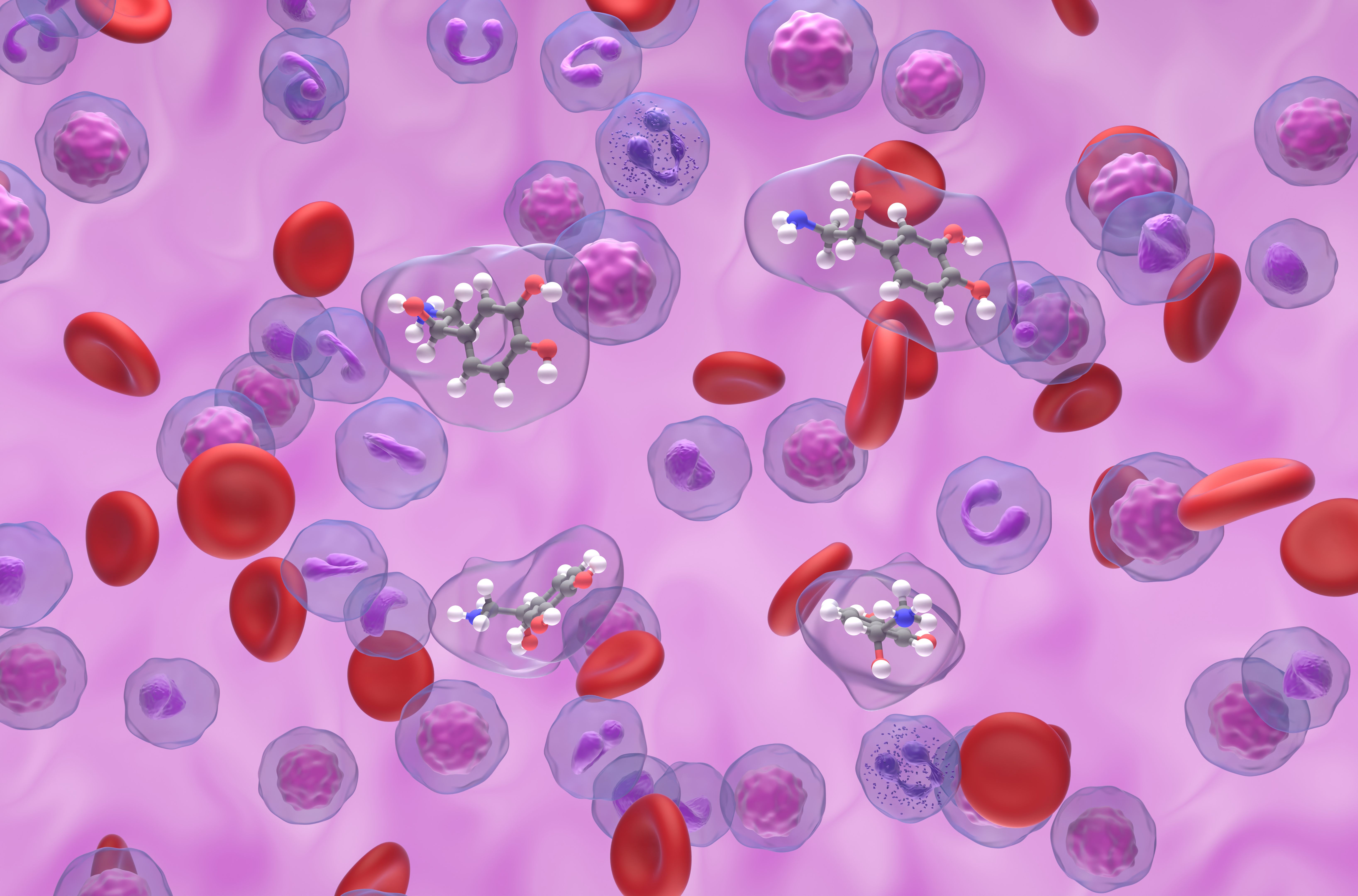Understanding GLP-1: The Key to Better Health
What is GLP-1?
GLP-1, or Glucagon-like peptide-1, is a hormone that plays a crucial role in regulating blood sugar levels. It is part of a group of hormones known as incretins, which are released in response to food intake. GLP-1 helps to stimulate insulin secretion, inhibit glucagon release, and slow gastric emptying, all of which contribute to maintaining healthy blood sugar levels.

The Role of GLP-1 in the Body
GLP-1 is primarily produced in the gut and targets multiple organs. Its main functions include:
- Stimulating insulin secretion: GLP-1 enhances the secretion of insulin from the pancreas, especially after meals.
- Inhibiting glucagon release: It reduces the release of glucagon, a hormone that raises blood sugar levels.
- Slowing gastric emptying: By slowing the movement of food through the stomach, GLP-1 helps control appetite and promote satiety.
These actions make GLP-1 a key player in glucose metabolism and appetite regulation, offering potential benefits for individuals with type 2 diabetes and obesity.
GLP-1 and Diabetes Management
In recent years, GLP-1 receptor agonists have become popular in the management of type 2 diabetes. These medications mimic the effects of natural GLP-1, providing several advantages:
- Improved blood sugar control: By enhancing insulin secretion and inhibiting glucagon, these drugs help maintain stable blood sugar levels.
- Weight loss: The appetite-suppressing effects of GLP-1 can lead to weight loss, which is beneficial for many patients with type 2 diabetes.
- Cardiovascular benefits: Some studies suggest that GLP-1 receptor agonists may reduce the risk of cardiovascular events.

Potential Side Effects
While GLP-1 receptor agonists offer several health benefits, they are not without potential side effects. Common side effects include nausea, vomiting, and diarrhea. These symptoms are generally mild and tend to improve over time. However, it is important for patients to discuss any concerns with their healthcare provider.
GLP-1 Beyond Diabetes
Research is exploring the potential of GLP-1 in other areas of health. Its role in appetite regulation and weight management makes it a promising candidate for obesity treatment. Additionally, GLP-1's effects on the cardiovascular system are of interest in the prevention and management of heart disease.

Future Directions
As our understanding of GLP-1 expands, new therapeutic applications may emerge. Ongoing research is investigating its potential in treating neurodegenerative diseases, such as Alzheimer's disease, due to its neuroprotective properties. Additionally, scientists are exploring the development of more effective and long-lasting GLP-1-based therapies.
The future of GLP-1 research holds promise for advancing healthcare, particularly in the areas of metabolic and chronic diseases. As new discoveries unfold, GLP-1 may continue to be a vital component in promoting better health and well-being.